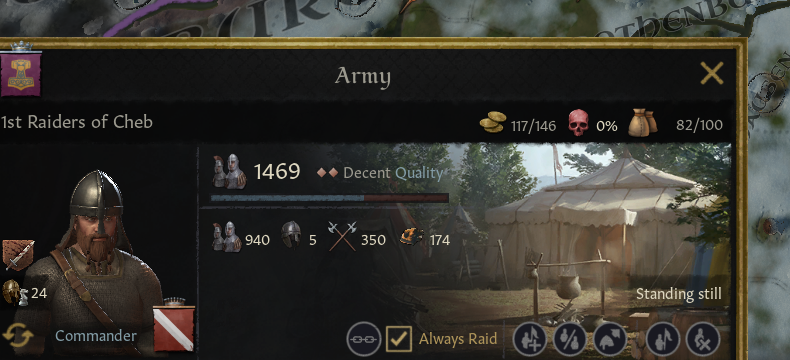The Barbarian Invasions – A Mildly-Interactive AAR
Mildly Interactive AAR approved by LordDhuram
Mildly Interactive AAR approved by LordDhuram
Introduction
Hello everyone. Today I will try and do an AAR, the second one after the mu first AAR: Kingdom of the Franks.
The last AAR was written in a “historical” way, with a historian narrating the events from the Frankish king’s perspective. I will try a new style of AAR, the interactive one.
This AAR will be about the Barbarian Invasions, centred on the Germanic tribes and more precisely the Burgundian one. I will use the Fallen Eagle mod for this AAR. I choose the 395 AD start date with the empire split West/East with a weak Western Roman Empire, prompt to invasions, as well as the Hunnic menace from the east. This AAR will be more challenging than the last one; hopefully it will also be more interesting.
Rules that I set for myself for now:
- No fabrication of the claim through the bishop
- No matrilineal marriage
Hopefully you’ll enjoy this AAR! If you have any remarks and advices to give me in order to better illustrate and organize this AAR, feel free.
Enjoy!
Chapters:
Chapter 0: The Burgundian Ethnogenesis
Chapter 1: The Beginnings (395-398)
.png)
Last edited:
- 1








.png)